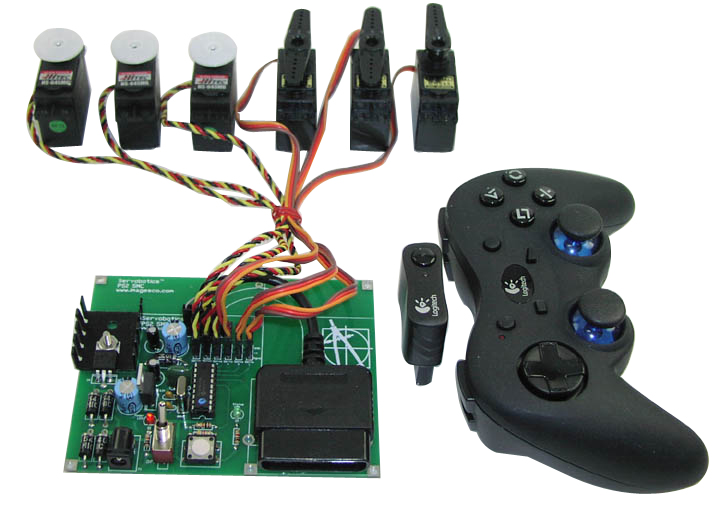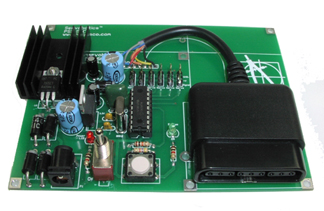Week 6 Journal Entry
Many of the advances taking place in underwater ROV’s is the direct result of research being done by the offshore industry. Let’s face it, they are flush with cash – nor are they dependent on grants and their subsequent requirements. But there work is proving beneficial to all oceanographic research.
Historically, the need to tether a submersible to its communication system and controller has been considered restrictive. “Usually, for real-time work with an ROV, tether cables are a requirement. You need to be literally hard wired” says Andy Bowen, US Woods Hole Oceanographic principal engineer and leader of the vehicle concept development. But that is rapidly changing. His team recently created and successfully tested a system that uses acoustic signals and pulses of light instead. They were able to transmit data at 10 megabits per second – comparable to an internet connection.
In the past deep sea venturing research vessels (some going into trenches 36,000 feet deep) utilized fiber optic cables. But these cables, almost as thin as a human hair are very fragile and can only be used once.
All of this is well and good and very exciting but I don’t think that it will be relevant to my project here at the New York City College of Technology. So I started poking around to for a more realistic option. I have found several instances of people using game controllers to maneuver their homemade underwater ROVs. One that came up several times was the PS2 controller. (PlayStation 5A Servo Motor Controller (Kit) Product code: RB-Ima-34) They sell for about $90.00 and are readily available.
The PS2 PlayStation Servo Motor Controller interface allows manual control of six hobby servomotors using the PlayStation PS2. The X and Y direction of each joy stick controls a servomotor. This totals four servomotors. To control servomotors 5 and 6, press and holds the left shoulder button, while using the right joystick. Servomotor speed is in direct proportional to the tilt of the joystick. I think some sort of hacking is going to have to be done to the RF receiver on the ROV so that it can receive wirelessly.
There are videos out there of successfully made devices. The one below still uses a tether system. I would still like to do it wirelessly… I guess we’ll see.
(please note – the music is annoying)
Sources
http://www.cathodecorner.com





